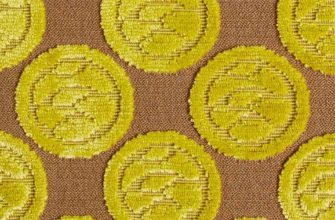The first thing a person notices when entering a room is the overall interior. It includes many components: wallpaper, furniture, lamps, vases and flowerpots. The overall range is completed by curtains, behind which white tulle is hidden. What kind of material is this and how to care for it is below in the article.
How to choose white tulle without a pattern
The choice of curtains begins at the moment when the interior color scheme is chosen. One of the universal, stylish and always fashionable colors of curtains is white. White tulle with a pattern also looks quite fashionable.
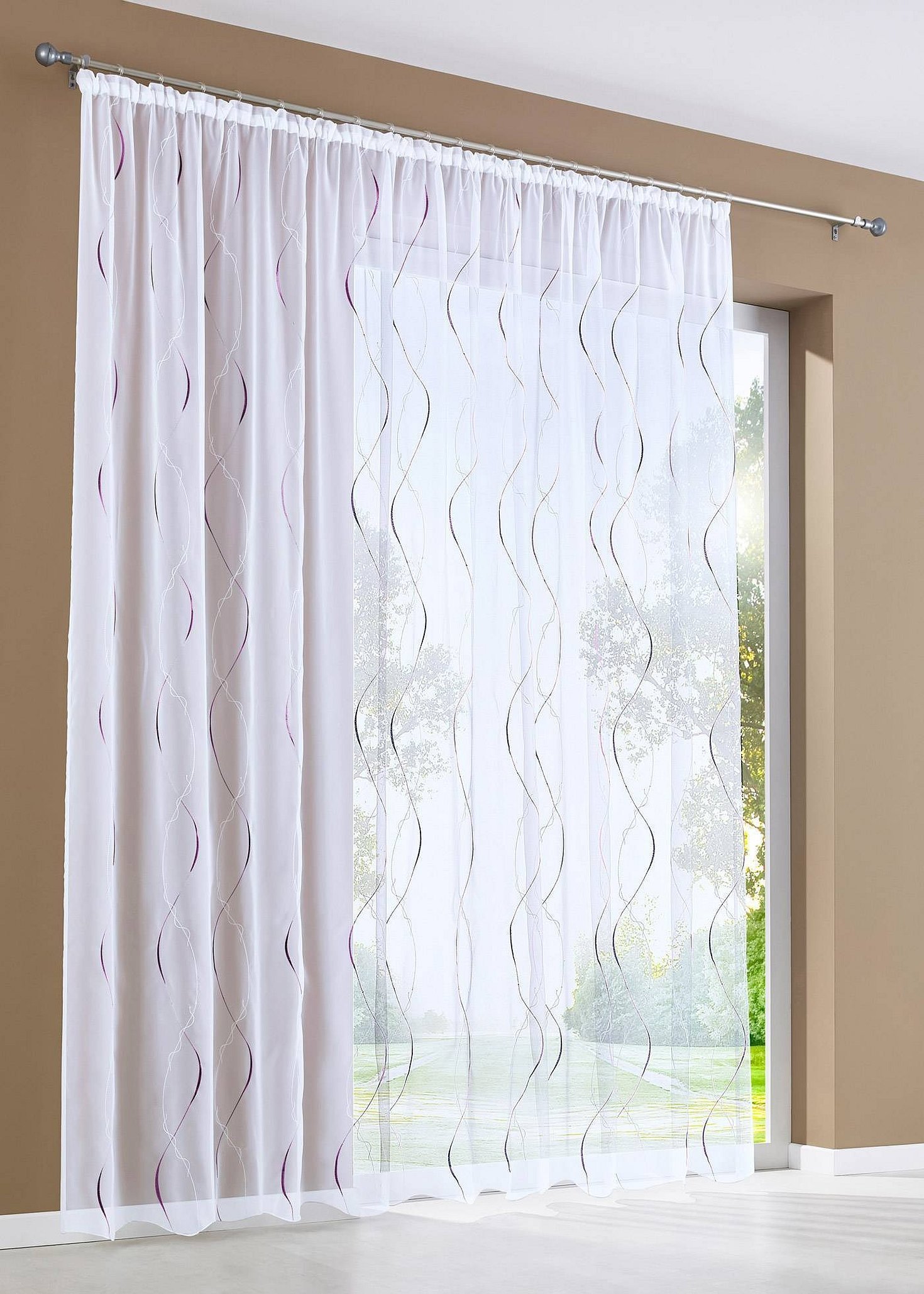
To make a choice, you need to consider several criteria:
- dimensions of the room (premises);
- window (shape, size);
- color ensemble of the interior;
- material.
The first thing to consider when choosing curtains is the size of the room. A large room can be decorated with massive curtains made of thick and flowing fabrics. For such rooms, the impeccable classic style of lambrequins with tassels is more suitable.

A small room requires minimalism in everything, heavy fabric will steal space, making the room tiny. In such cases, Roman or Venetian style curtains will be in harmony and will allow you to play with space.
The second factor when choosing curtains is the size and shape of the window in the room. Owners of standard windows in apartments have more opportunities to drape the tulle as they like, but arches will force you to work on the design of the curtains. Such windows have disadvantages, because each opening needs to be worked on separately, while combining styles and fabrics so that daylight gets into every corner.
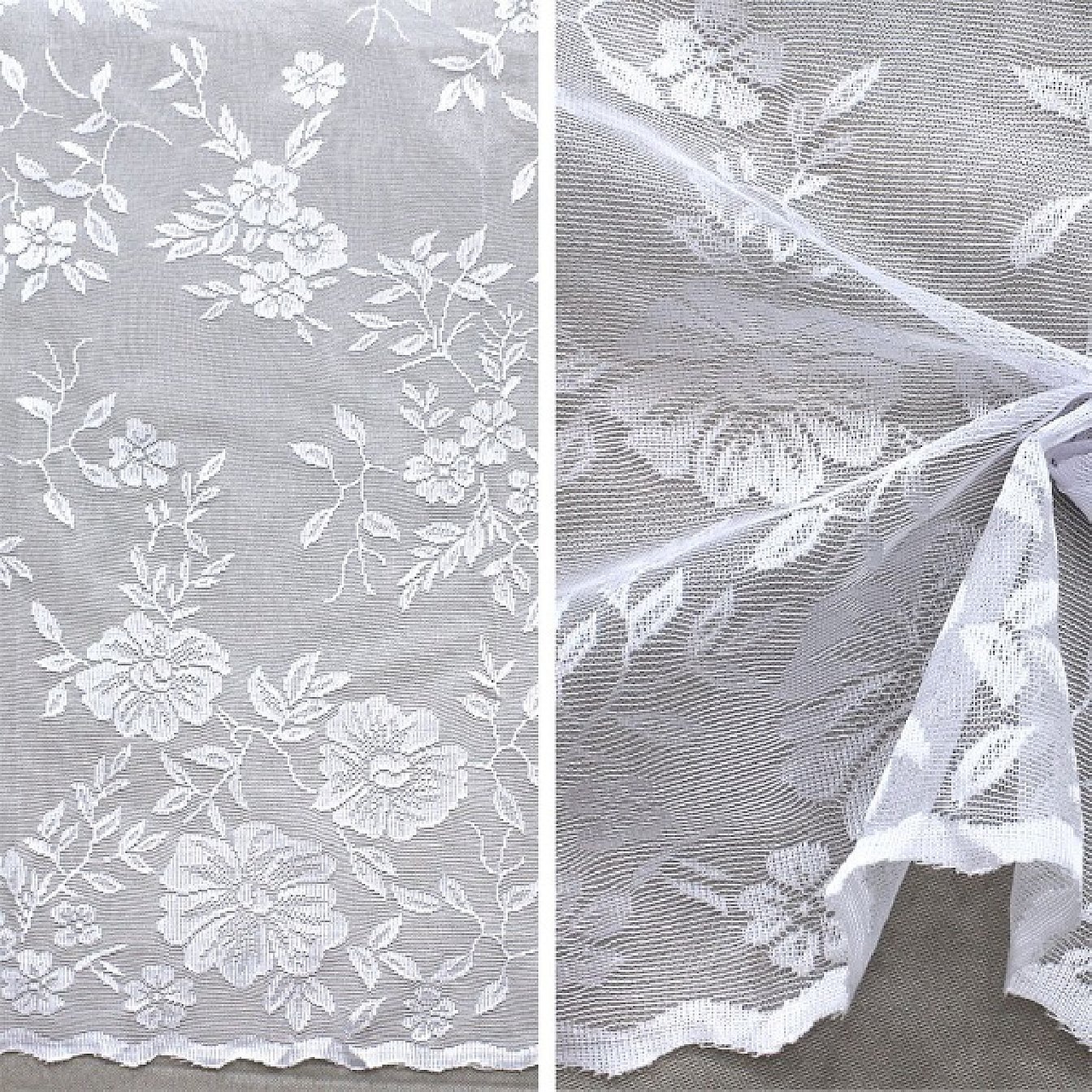
Another difficulty in decorating is the balcony windows and the balcony itself. Due to the latter, the room looks much darker, and if it is also not on the sunny side, then it is always dark in it.
The color ensemble of the interior is an important factor, but not critical. White tulle will suit almost any color scheme in the interior. Plain or embroidered, it always looks advantageous, expanding the space and giving freshness and light to the room.
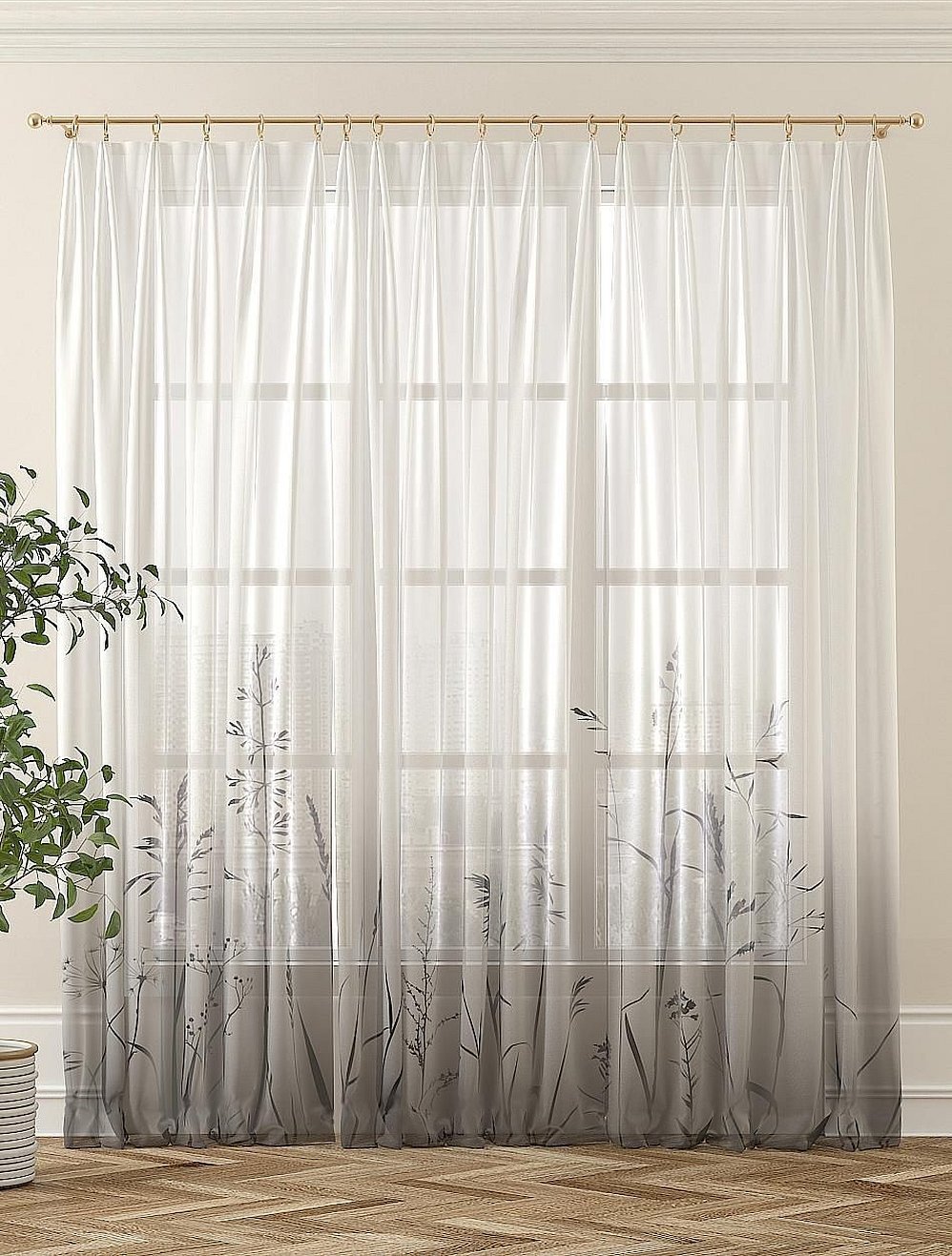
For your information! The denser the fabric, regardless of color, the more space it takes up in the room.
The room should live and breathe, so when choosing fabric, it is better to stop at natural materials, but the price does not always justify the troubles of cutting and sewing. If you choose linen, you cannot avoid problems with ironing, since natural fabric wrinkles at any touch.
Cotton curtains are absolutely not suitable for the kitchen, as repeated washing (curtains from the kitchen are always washed more often than from other rooms) will lead to their rapid wear. Therefore, it is better to choose synthetic fabrics in addition to natural ones.
Please note! The modern kitchen today is associated with roller blinds, which are quite practical and easy to maintain.
Tulle options
Shops offer many options of tulle and curtains for decoration. They are classified by type of material:
Chiffon
A very soft, transparent or translucent fabric. It consists of natural and synthetic threads (nylon, polyester, cotton, silk), everything depends on the raw material and its percentage. According to the processing method, there are:
Satin
Opaque material that flows and shimmers in the light. It's inexpensive.
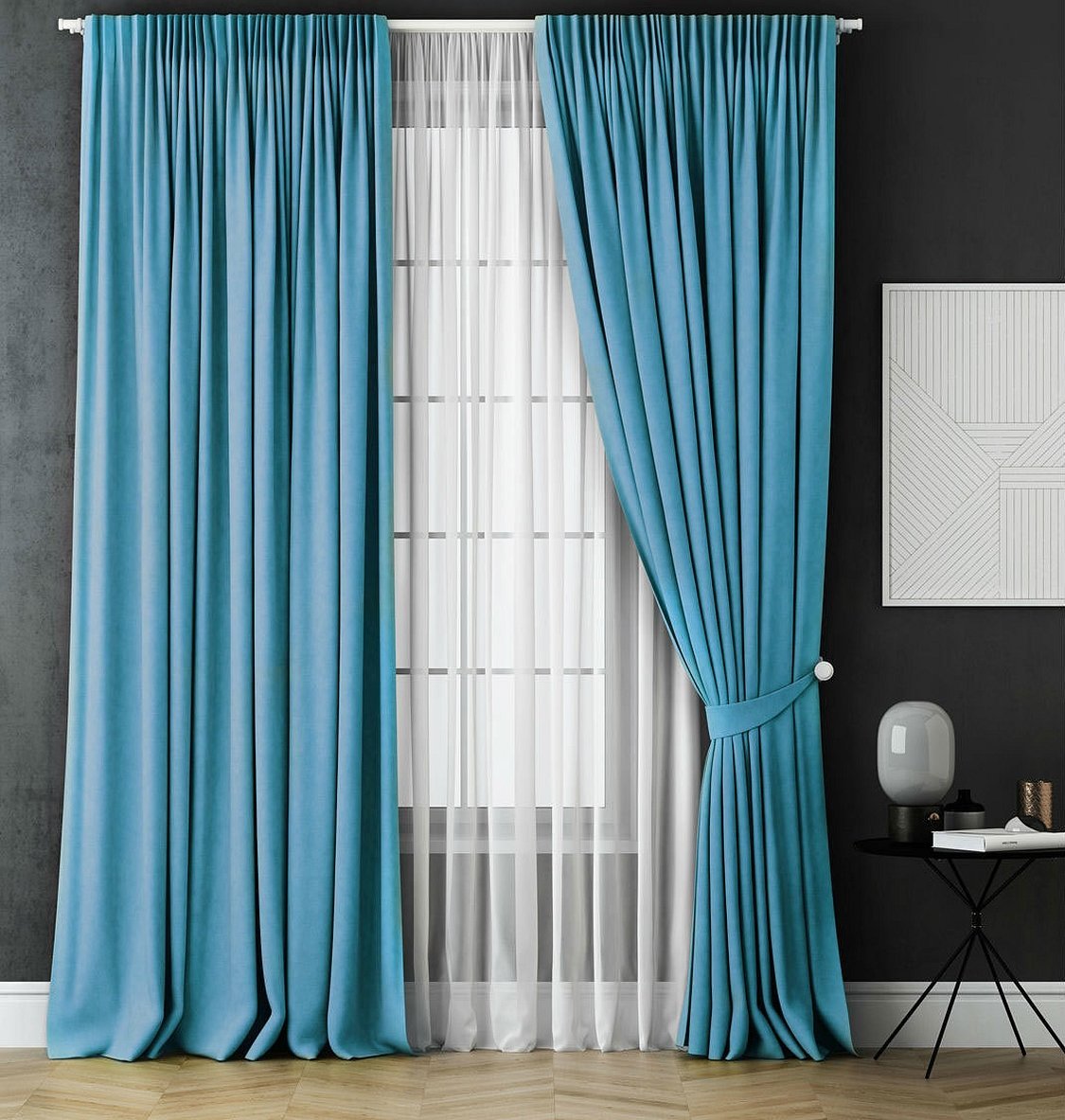
Jacquard
A very heavy fabric, expensive, but lasts for decades, being passed down through generations.

Cotton
Natural fabric, easy to wash and iron. The most practical option.
Please note! The choice of chiffon curtains is so great that it is rightfully considered universal. Curtains can be hung in almost all rooms, including the kitchen. The versatility of the fabric is complemented by practicality in care and maintenance.

Batiste
The most popular curtain option at all times and generations, which is suitable for a private house and apartments. Quite light, thin and delicate appearance will not leave anyone indifferent. It is made of natural linen with synthetic inclusions, which makes it affordable.
Today, cambric curtains are presented in various interior styles, such as Provence, country, eco-style, classic.
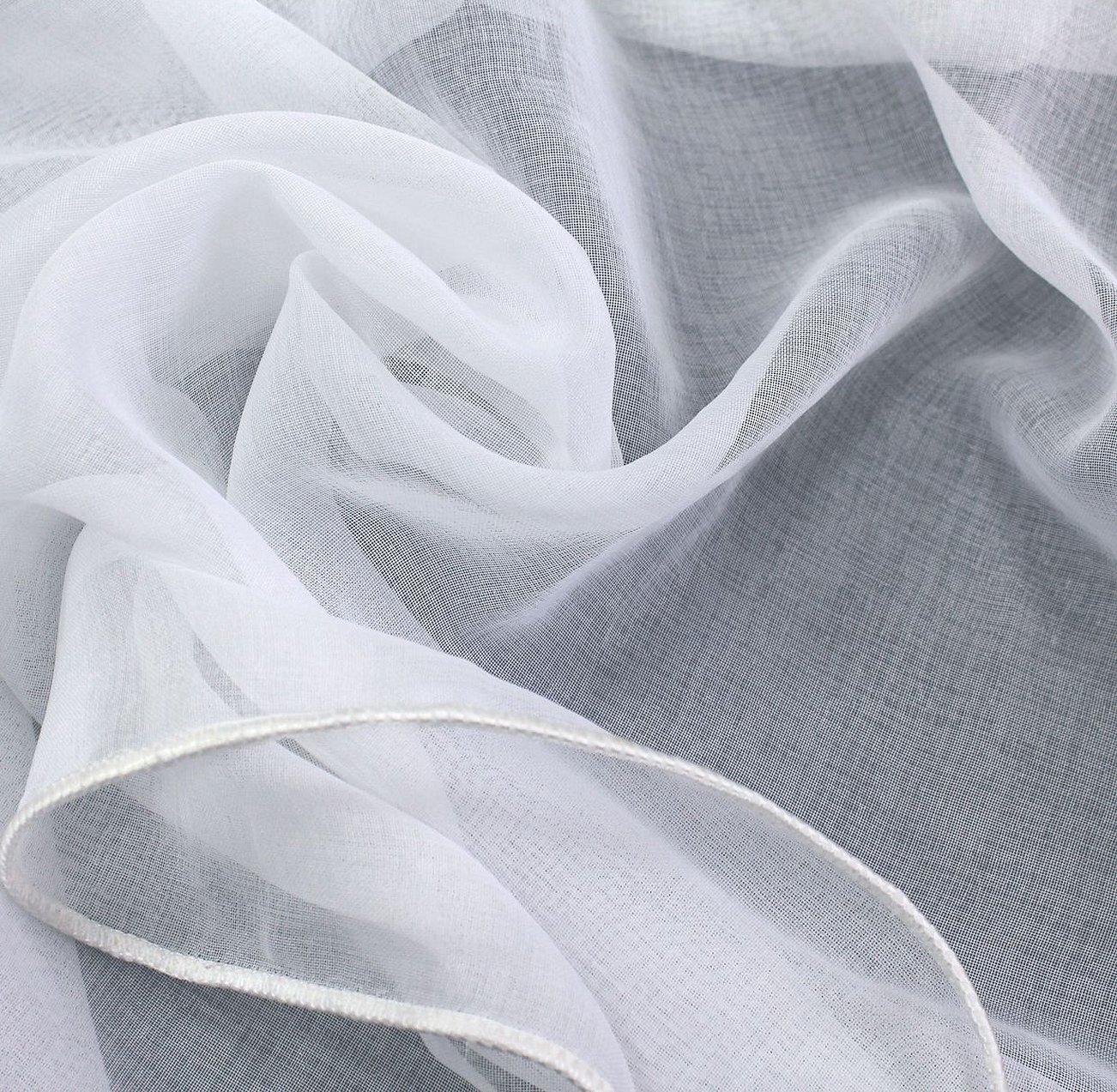
Crepe
It is a competitor of chiffon. Unlike the transparency of chiffon, crepe, on the contrary, is quite matte. Despite this, it has increased wear resistance.

Tulle with a pattern
Transparent curtains with patterns are more expensive than plain ones. For printing, mainly natural fabrics are selected, which is why the cost can double.
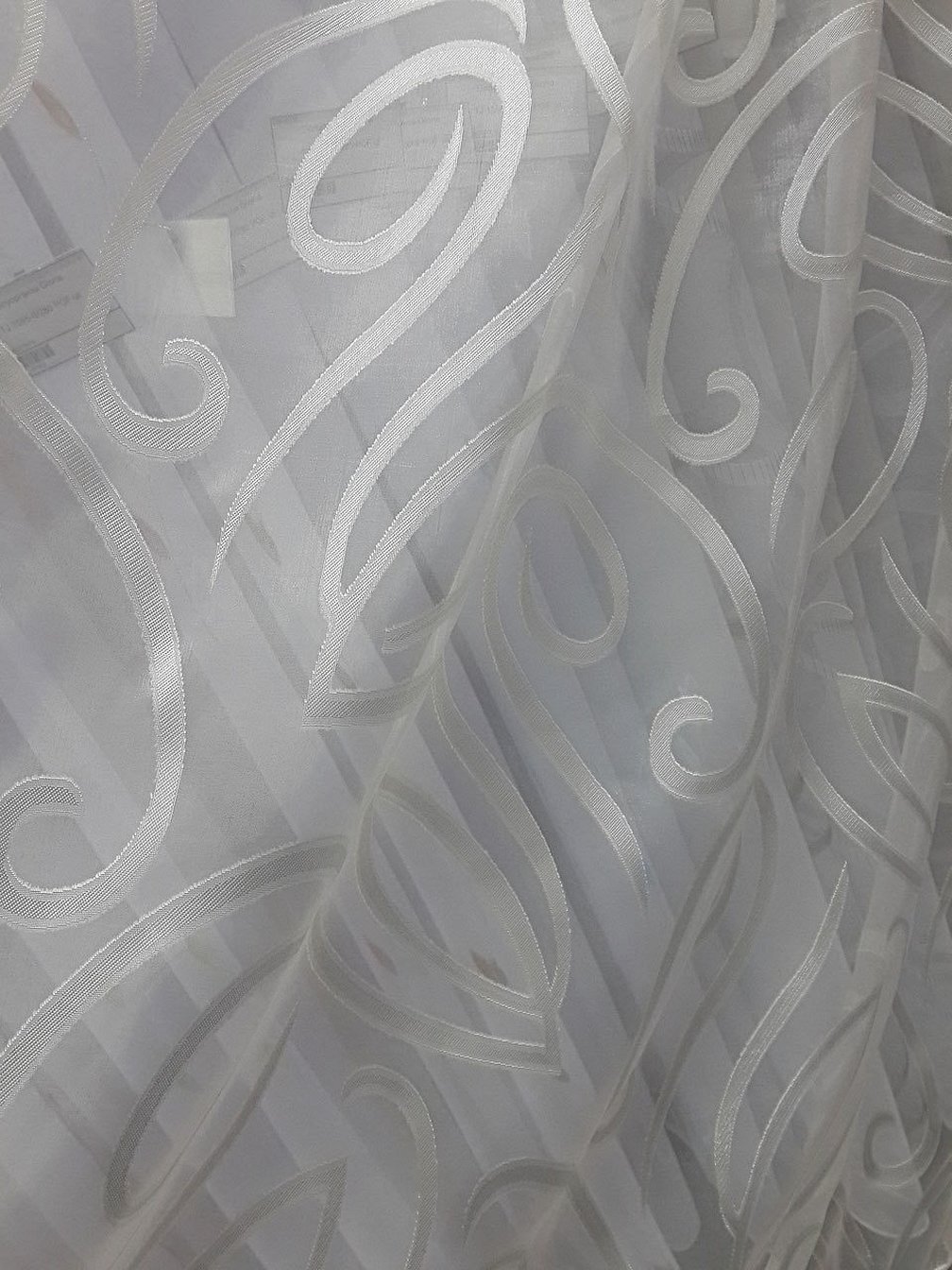
Organza (embroidered tulle) is a great option for printing roses or butterflies due to its low rigidity. Printed patterns on the material add a special chic to the room. Such curtains already belong to the LUX class.
Tulle, tulle with a pattern, embroidery are supplied from Turkey. Turkish goods have always been of high quality, as manufacturers care about the consumer. The fabric retains its properties after numerous washes, does not deform, is breathable, refracts sunlight, dispersing it throughout the room.
Height, width
What is the height of curtains? This is the distance from the cornice to the floor or other base, such as radiators, which fits harmoniously into the interior.
Width is the distance from the right to the left edge of the curtain. As a rule, the width of curtains for the living room is one, for the kitchen another.
How to determine the width? For different fabrics this coefficient will be different:
- light from 2 to 3 m;
- heavy (curtain) from 1.5 to 3 m.
For example, the window cornice is 2.5 m from the floor, which means that tulle can be selected up to 4 m wide, but curtain fabric for the same height will be 2.5-5 m wide. Such parameters are appropriate for the bedroom.
How to hang correctly
To hang tulle with frills, you need to follow a few rules:
- Basically, the curtain is attached to a tape; when buying ready-made curtains, they are already there (sewn on in advance);
- the sewn-in threads should be pulled to the expected width, usually equal to the width of the cornice;
- after alignment, you need to tie the threads on the other side;
- After the tulle is placed on the cornice, you need to check everything from both sides to ensure that the curtain lies evenly.
Interior design with white tulle
A very relevant style for all times is classic. It is used for spacious rooms, recommended for the hall. Snow-white or matte tulle is a winning option for the bedroom.
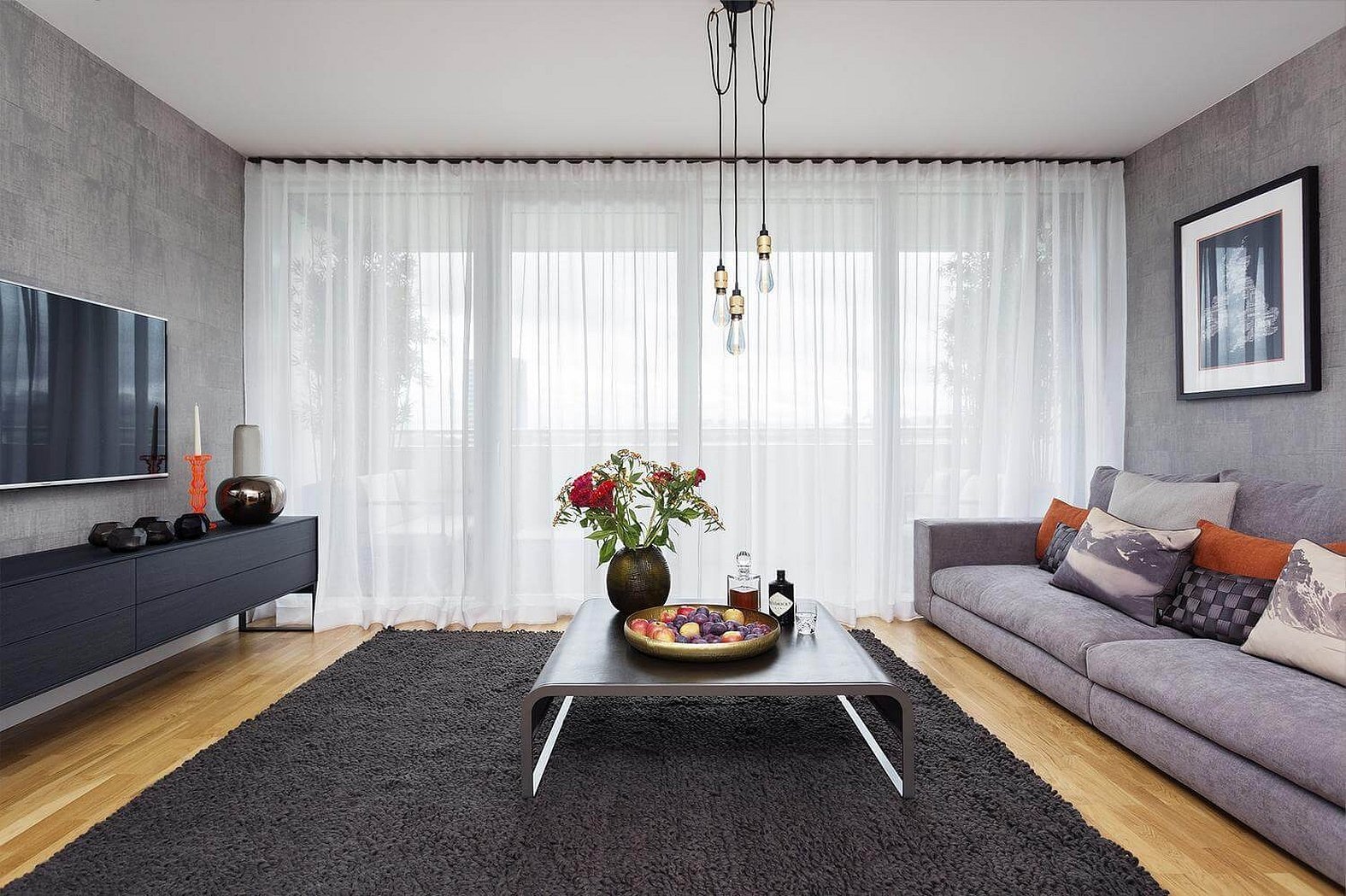
For the Provence style, simplicity and ease in choosing fabric for curtains will be appropriate, since the interior is mainly dominated by white, cream, lavender and light green colors.

Minimalism lovers prefer multifunctional curtains. These include Roman blinds made of thick, single-color fabric. All shades of white and milky colors will do, which look spectacular on windows.
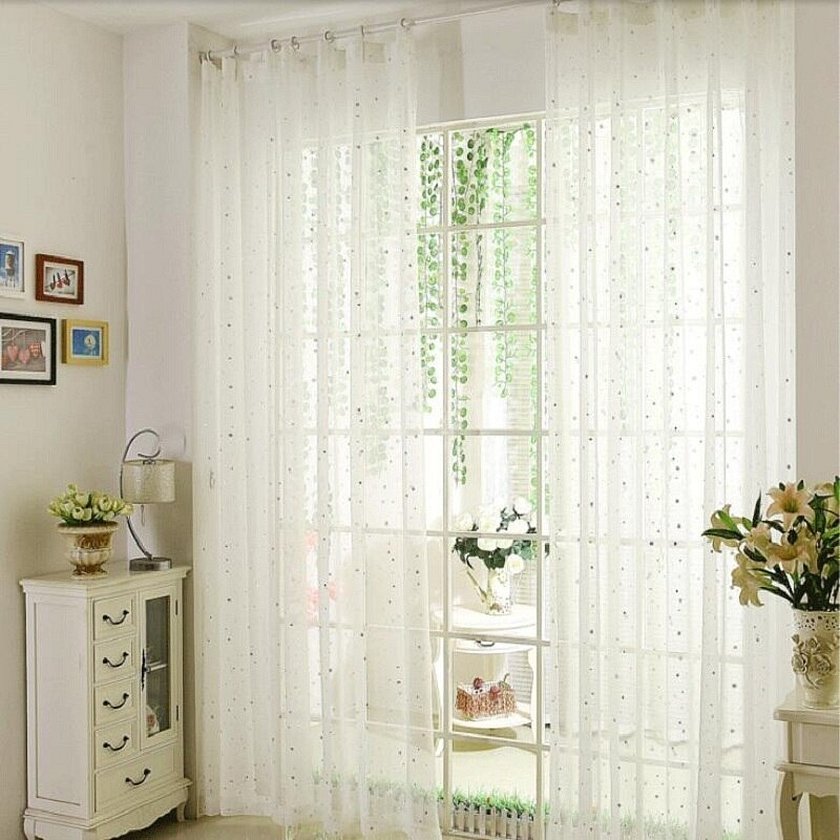
Everyone chooses tulle to their taste and color, with or without a pattern. The price of the product plays an important role. Some people need a chic option, while others prefer an inexpensive one. Shades of white are present in both options. They fit well and are combined with classic or modern, country and Provence.



